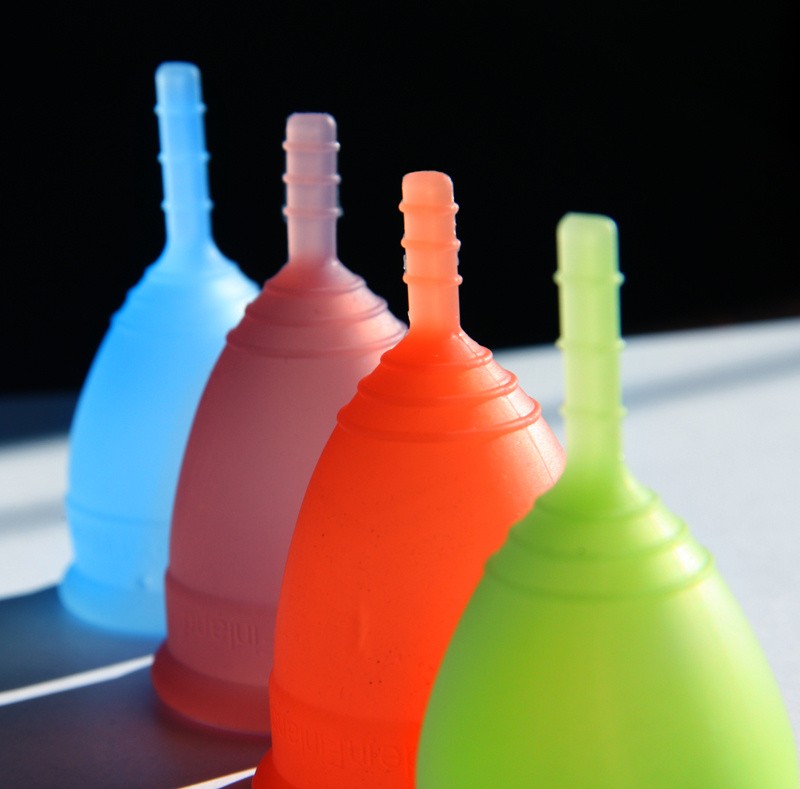Menstrual Cup: The Good, The Bad, And The Dirty

Menstrual cups are the new reusable feminine hygiene product that was designed to replace tampons and pads. The product is a funnel-shaped cup that's made of rubber or silicone. The material allows for flexibility and easy insertion into the vagina to collect period fluid.
The cup is more than just an eco-friendly option, it can also hold more blood than other methods. Menstrual cups are also wearable for up to 12 hours, making it the most convenient period product in the market.
Usage
More brands are now selling menstrual cups, but it is advisable to consult your gynecologist to ensure you get the right size for you.
Factors to consider when choosing between small and large sizes are:
Your age
The length of your cervix (the part that attaches the vagina to the uterus)
Flow
Cup Capacity
Pelvic floor muscles strength
If you've given birth vaginally
The Good
Menstrual cups are good for the environment. Since they are made of easy-to-clean and reusable material, there would be less waste to throw away and pile on our landfills. Some are designed to last for years, cutting you cost over tampons and pads.
The cup keeps your period fluid from getting exposed to air, ultimately preventing menstrual odor from wafting out.
With a menstrual cup, you'll have lesser trips to the restroom. One cup can stay up to half the day before it needs emptying.
Menstrual cups are easy to use and insert. It only needs to be folded up and pushed into position. You won't even feel a thing.
Note: Some cups are designed to be disposed of after use. Check the label before buying it.
The Bad
While menstrual cups are easier to insert than tampons and hold more blood than pads, it is relatively harder to empty or change than the two former options. New users may find emptying the cup a messy task.
Menstrual cups may be hard to use for girls who have never had sexual intercourse before. It can also dislodge IUDs or pull its strings.
Some women have fit problems, especially those with fibroids or a dropped uterus.
The Dirty
A recent study conducted by the Victoria Derbyshire program showed misuse of menstrual cups can lead to pelvic organ prolapse.
Pelvic organ prolapse occurs when the muscles that support the pelvic organs become weakened. The prolapse causes one or more organs such as the womb or bladder to drop from their normal position.
Some cases can be resolved with pelvic floor exercises, while some require medical treatment.
It is safe to say, however, than most women who use menstrual cups do not encounter problems. Several pieces of research and studies also concluded menstrual cups as a safe option.
Many organizations are now calling for manufacturers to include easy-to-understand instructions.
They are also urging menstrual cup makers to regulate their products to further ensure the safety of consumers and avoid issues such as a pelvic organ prolapse.
The cups are not safety-tested. There is also no governing body responsible for collating complaints.
Kate Lough, a physiotherapist, said a lot of menstrual cup labels say using your pelvic floor muscles to bring the cup lower is not correct.
"Bearing down on the cup to push it within reach of your fingers is not good pelvic floor advice," she said. "It counters the advice women would be given to avoid prolapse."
For safety precautions, consult an OB/GYN or your local clinic before turning to menstrual cups.
Subscribe to Latin Post!
Sign up for our free newsletter for the Latest coverage!
















